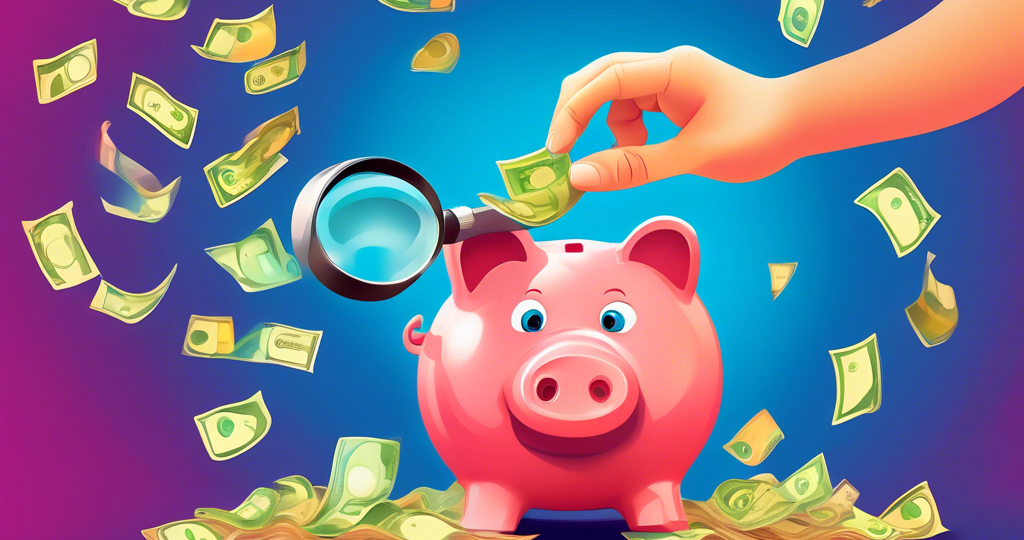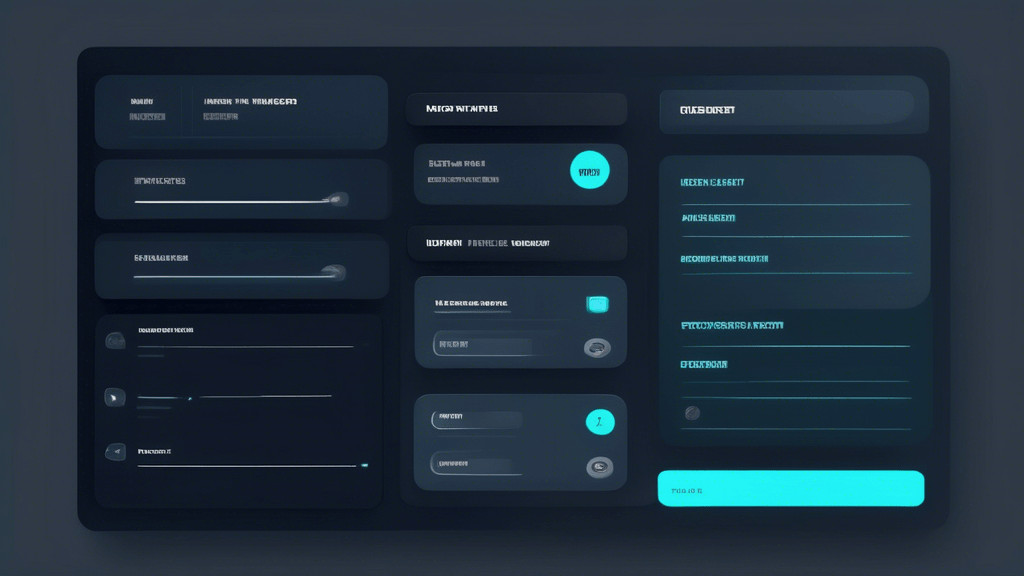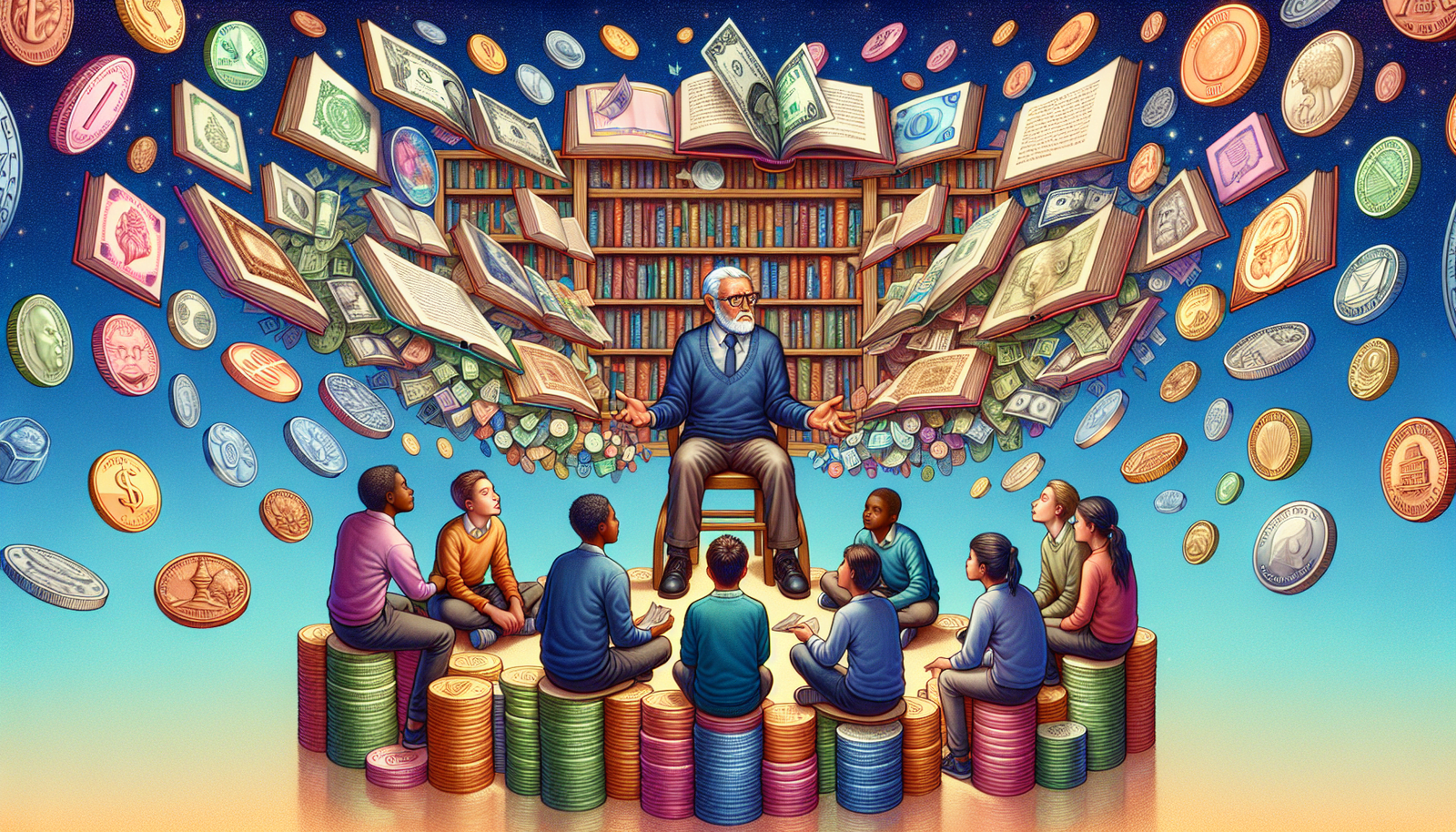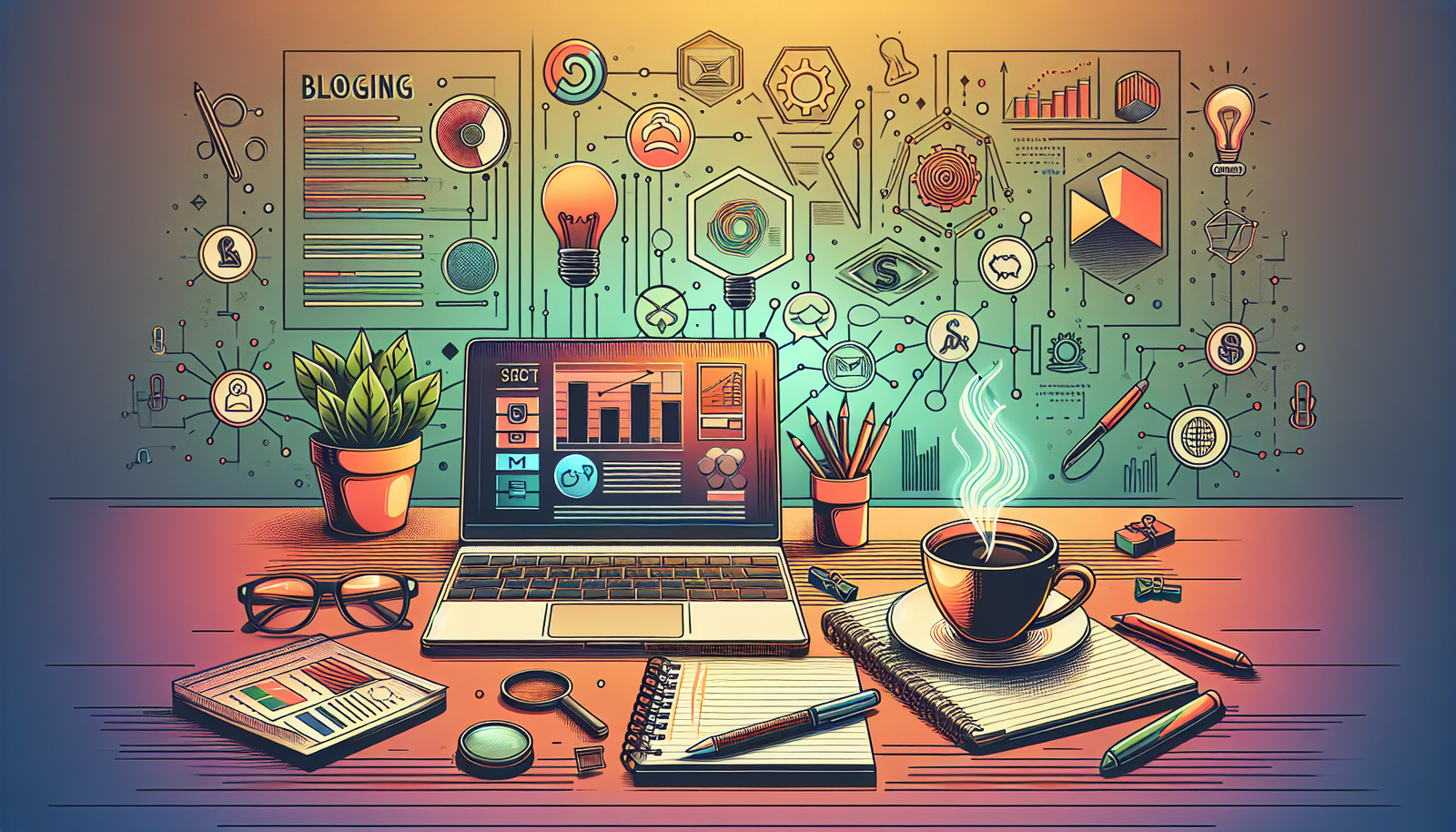
🌟
Money. The lifeblood of modern civilization, the object of our aspirations, and sometimes, the source of our frustrations. It’s a concept so ingrained in our daily lives that we rarely stop to ponder its true nature. What exactly *is* money, and why does this thing—whether we’re holding physical bills or digital tokens—hold such immense power over our world?
Beyond Bills and Coins: Defining Money
Money, at its core, isn’t about the physical form it takes. It’s an abstract concept, a social construct that we’ve imbued with specific functions. To truly understand money, we need to look beyond the tangible and delve into its essential characteristics:
- Medium of Exchange: This is perhaps money’s most recognizable role. It acts as an intermediary in transactions, eliminating the complexities of bartering. Instead of trading a chicken for a pair of shoes (and hoping the shoemaker wants poultry), money allows us to sell our goods or services for a common medium that can then be used to purchase anything else.
- Unit of Account: Money provides a standard measure of value. It allows us to compare the worth of disparate goods and services using a single, universally recognized metric. Imagine trying to establish the relative value of a car versus a house using only chickens or bags of rice—a logistical nightmare! Money simplifies this by providing a consistent unit of measurement.
- Store of Value: Money allows us to transfer purchasing power from the present to the future. When you save money, you’re essentially storing the value of your current work to use at a later time. This assumes, of course, that money maintains its value over time, which brings us to the concept of inflation.
The Evolution of Money: From Barter to Bitcoin
The forms of money have evolved dramatically throughout human history, reflecting our changing needs and technological advancements. Let’s take a journey through the fascinating history of money:
Barter System: The Precursor
Before the concept of money emerged, societies relied on the barter system. This direct exchange of goods and services was inefficient and limited by the double coincidence of wants—finding someone who both possessed what you needed and desired what you had to offer.
Commodity Money: Intrinsic Value Emerges
To address the limitations of bartering, societies began using commodities as money. These early forms of currency possessed intrinsic value—meaning they were useful in their own right, even beyond their role as money. Examples include cattle, salt, shells, beads, and precious metals like gold and silver.
Metallic Money: The Rise of Coins
The standardization of commodity money led to the development of coinage. Metals, particularly gold and silver, became the preferred choice due to their durability, divisibility, and inherent value. Governments or ruling authorities often stamped these coins to guarantee their weight and purity.
Paper Money: A Leap of Faith
Paper money, initially representing claims on a store of precious metals, marked a significant shift. Unlike commodity money, its value wasn’t intrinsic but derived from the promise of redemption. This system required trust in the issuing authority and paved the way for modern fiat currency.
Fiat Currency: Trust in the System
Fiat money is the dominant form of currency in the world today. Unlike commodity-backed money, its value isn’t tied to a physical asset like gold. It derives its worth solely from the government’s declaration that it is legal tender for settling debts and fulfilling tax obligations. The value of fiat currency relies heavily on public trust and the stability of the issuing government.
Digital Money and Cryptocurrencies: The Digital Frontier
The digital age has ushered in new forms of money. Digital money encompasses various forms of electronic payment systems, while cryptocurrencies like Bitcoin represent a decentralized approach. These cryptocurrencies utilize cryptography for security and operate independently of central banks, offering potential advantages like anonymity and transparency.
The Power and Perils of Money
Money’s impact on society is undeniable. It fuels economies, facilitates trade, and empowers individuals to pursue their goals. However, its allure can also lead to negative consequences:
Economic Growth and Inequality
Money is the engine of economic growth, driving investment, innovation, and job creation. However, its uneven distribution can exacerbate social inequalities, leading to poverty, crime, and social unrest.
Debt and Financial Instability
Money’s availability through credit and loans can be a double-edged sword. While it allows individuals and businesses to make large purchases or investments, excessive borrowing can lead to crippling debt and contribute to financial crises.
Greed, Corruption, and Ethical Dilemmas
The pursuit of money can bring out the best and worst in human nature. Greed, corruption, and ethical breaches often stem from the desire for financial gain, leading to exploitation, fraud, and a decline in moral values.
Mastering Money: A Lifelong Pursuit
Understanding money is a lifelong endeavor. It requires continuous learning, adapting to evolving financial landscapes, and practicing responsible financial management. By grasping the fundamental principles of money, its history, and its impact on society, we can harness its power for good while mitigating its potential pitfalls.
Remember, money is a tool. Its ultimate value lies not in its accumulation but in how we choose to use it to build a better future for ourselves and generations to come.
🌟
RELATED POSTS
View all



